Recently, I happened upon the documentary The Minimalists. Lisa and Denis (my daughter and son-in-law) were looking for something to watch after a very full day and happened to choose it. As I watched, it seemed as if I was watching my life.
Here is a disclaimer concerning what I am about to write:
I will describe my life through the lens of minimalism. My life is mine and mine alone. It is neither better nor worse than anyone else’s. Minimalism doesn’t demand doing what I did, selling my belongings and living out of a backpack. What I am doing reflects my values, but those values are not tied to mine or any particular lifestyle.
What drew me to write this is the realization that during all the years: including those in which we lived in nice houses and sent kids to college, the years when we worked hard and received adequate salaries and bought cars and clothes and Christmas dishes, the values that have led me to where I am now in life, were alive and well.
This isn’t an either/or, either have things or don’t have things. It is a matter of having things that bring value to your life, things worthy of celebrating and appreciating for more than just a moment of gratification, soon giving way to the need for another moment of instant gratification in hopes of filling an empty spot that it cannot fill.
As I watched the documentary, I could hardly believe hearing the very words I have spoken about my current life, living out of a backpack as I travel ten months of the year outside the USA. One person laid the contents of his backpack on a bed and described each of those few items being enough for him to live for months at a time. I have posted pictures of my backpack and its contents, multiple Ziplock bags with socks and underwear and T-shirts and pants and shirts, house shoes, and toiletries. I carry everything I need to live on the road indefinitely, washing very durable hiking clothes every couple of weeks. When I am on the road, I miss nothing. I don’t long for things I don’t have or places other than where I am.
The wonder that comes with me does not await some future location to reveal itself.
It stays with me where I am. It is triggered on location, most often without warning. It is never scripted.
When I thought about the minimalism described and displayed in the documentary, it dawned on me that I began life as a minimalist. My earlier memories are of playing at/in The Swamp. It was my primordial swamp. I don’t think it had a name. By contrast, it was next to the Aurora Country Club. I loved it. The childhood videos that run in my head show cattails, dragon flies, water bugs, tadpoles, frogs, water spiders racing along on the water tension, and my favorite, Water Boatmen, water bugs with what look like oars for arms, as they move through the water.
I was born in 1943. Dad was euphemistically referred to as frugal. He and Mom survived the Great Depression. They knew the value of things. Nothing was wasted.
The playthings I loved the most were things I could use to make up stories. I loved seed pods of all sorts, acorns, Cicada shells left hanging on the trunks of trees before climbing up to the branches where they sang their ear-shattering songs. There were endless supplies of amusement in the vacant lots by my house. We had no television until I was eleven. I sat on the floor, imagining visuals to accompany the stories I heard on the radio: the Lone Ranger, Gangbusters, the Shadow, the Cisco Kid, filled with bigger than life characters.
I was the youngest child by far. My siblings are 7 - 14 years older than I. They contend that I was spoiled because by the time I came along, Dad had mellowed, and Mom made sure I had an adequate allowance, nice school clothes, and new shoes every Easter. We had everything we needed. My older siblings have said that they never felt poor. I never felt poor either, although I was aware that some classmates lived in expensive houses near the country club.
After high school I went to College and Seminary for eight years to qualify for certification to be a Lutheran Pastor. Dad had retired. Part-time jobs and Mary Ann’s full time job (we married midstream in those years) got us through. We didn’t have a lot, but we had enough. Dad’s frugality stuck with me. While sometimes it annoyed Mary Ann, she had grown up in a similar setting. We used money purposefully. We chose to use it for things and activities we valued.
I got a large raise once. We increased our spending by only a small portion and saved the rest each month for many years.
We loved our first house in Kansas City, just large enough for our now family of four. It was an older house, but worthy of the work we did to upgrade it. It was the right size to match our basic needs.
The last move while Mary Ann was living was to a townhome that was small enough to need minimal care since Mary Ann’s Parkinson’s had progressed, and we knew eventually she would need full-time care. We remodeled to make it fully accessible. We finished downstairs in case we needed live-in help. We did not deny ourselves in the present. We added a sun room and waterfall at the back of the house since we knew we would be spending much time inside. We did as much as we could to have full lives.
During those years, we were minimalists in that we only used what we needed to live full lives. At the same time we were maximalists. We used what we needed to live full lives. We didn’t deny ourselves for some unknown future when we would finally enjoy what we were denying ourselves. After Mary Ann died, I stayed in the house for about eight years until it was paid off.
I started traveling outside the country with my backpack during those years. I stayed cheaply in hostels. I was not denying myself when I did so since hostels provided the perfect environment for meeting people from all over the world, young people in particular. I had spent half of my forty year ministry working with young people. They expanded my perspective on life, and fueled my curiosity and spirit of adventure.
Only weeks after Mary Ann died a seed was planted. Chris Contrerras, The Director of my favorite retreat setting St. Francis of the Woods in northern Oklahoma, observed that the trip I was planning for New Zealand and Australia sounded like a pilgrimage. He suggested that I consider walking the Camino de Santiago de Compostela pilgrimage. Two years later that idea took on flesh and blood. I trained and planned for months, and only two weeks before I was to leave, Chris died of natural causes. I drove the five hours to his funeral, where the Orthodox Priest there in northern Oklahoma blessed my backpack and sent me on my way, to The Way.
El Camino is Spanish for The Way.
I walked for five hundred miles from St. Jean Pied de Port in France, over the Pyrenees to northern Spain and then to Santiago, on the other side of Spain. I had only my backpack, stayed in Albergues (hostels), and met hundreds of people, some still close friends ten years later. I had everything I needed. I missed nothing. There was no one at my house in Topeka to go back to, so I immersed myself in the places and the people along The Way.
Mary Ann and I had downsized once when we moved to the townhouse in Topeka. After the Camino, it took five years for me to downsize again to a one room loft in Kansas City. Each time, I did not miss what I had shed when downsizing. Four years of living with only the possessions that fit in that loft, plus a very small storage area in the basement demonstrated how little I needed. It was time to take the logical next step. I shed the rest, sold it, gave it away, car and all, finished my lease on the loft, and changed my address to my kids house in Louisville, Kentucky, where there is a guest room with my name on it, waiting for me to return from overseas once in the spring and again for the holiday season between Thanksgiving and Christmas.
It has surprised me how natural this new time in life feels.
In some sense I am returning to the swamp, the primordial swamp from which I emerged as a child. I am free of obligations and encumbrances other than the ones that come with aging. The idyllic years playing at the swamp came as a gift. My return comes at the cost of forty years of long hours preceded by eight years of challenging studies to be able to have that career. The quality of life between the early years at the swamp and the return to that freedom has been full and satisfying. I am left with wonder and the freedom to experience it all, whether in Louisville or Kansas City or any of the thirty countries outside the US where I have lived, however brief a time.

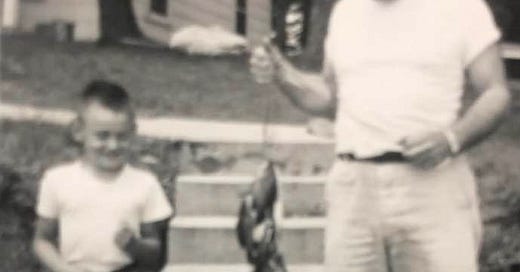


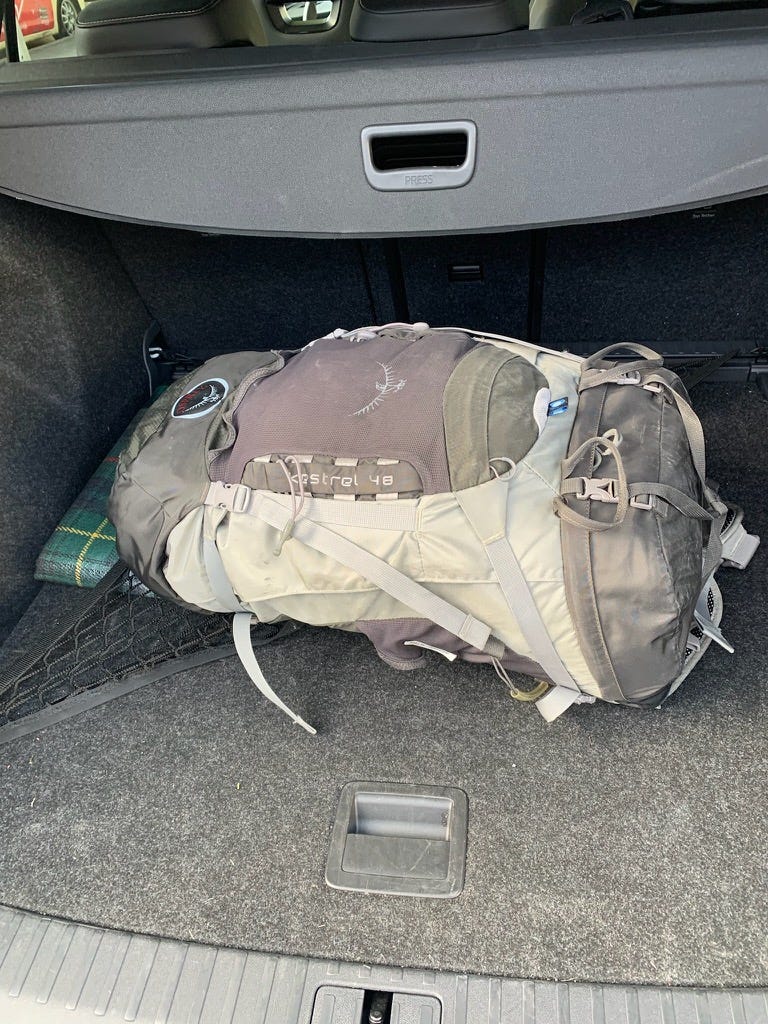
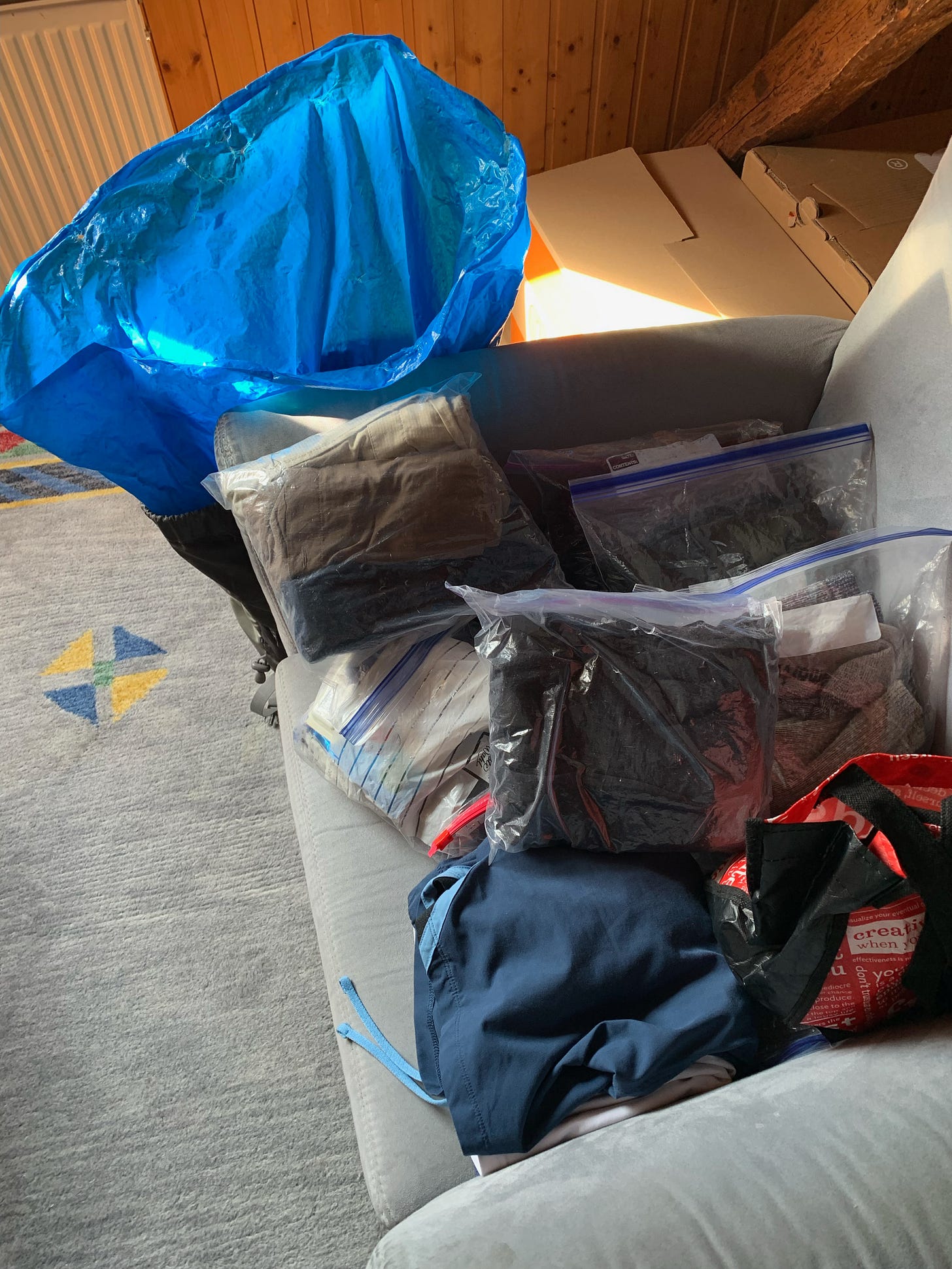
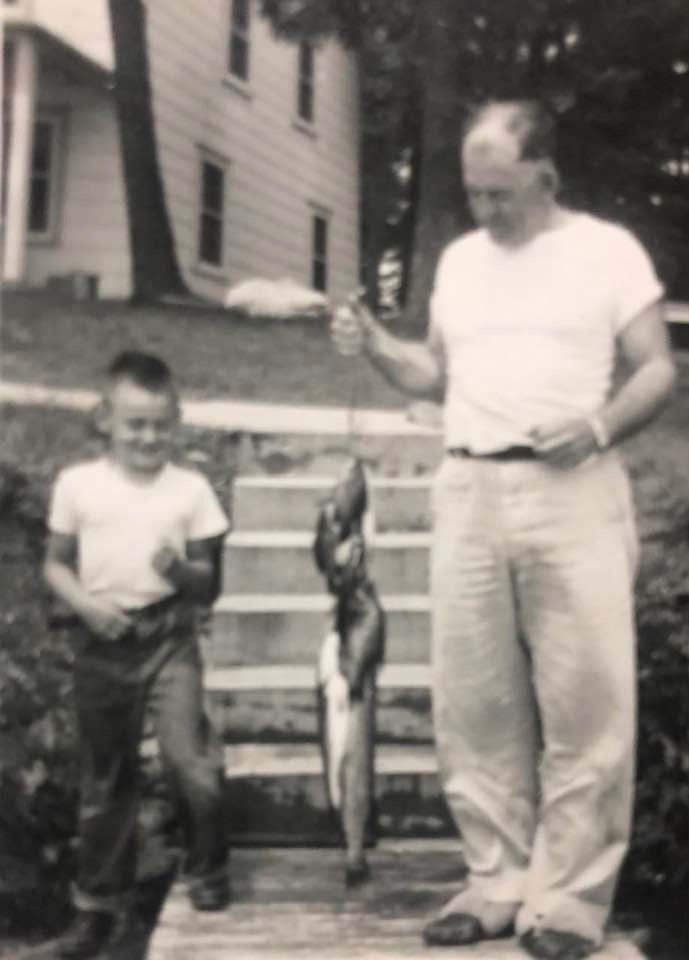
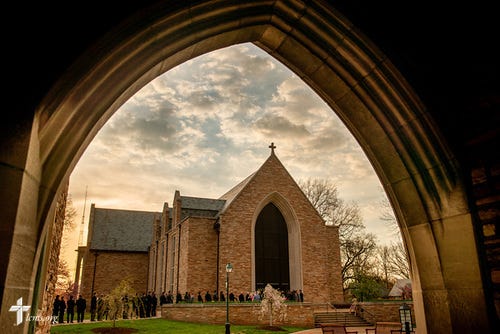
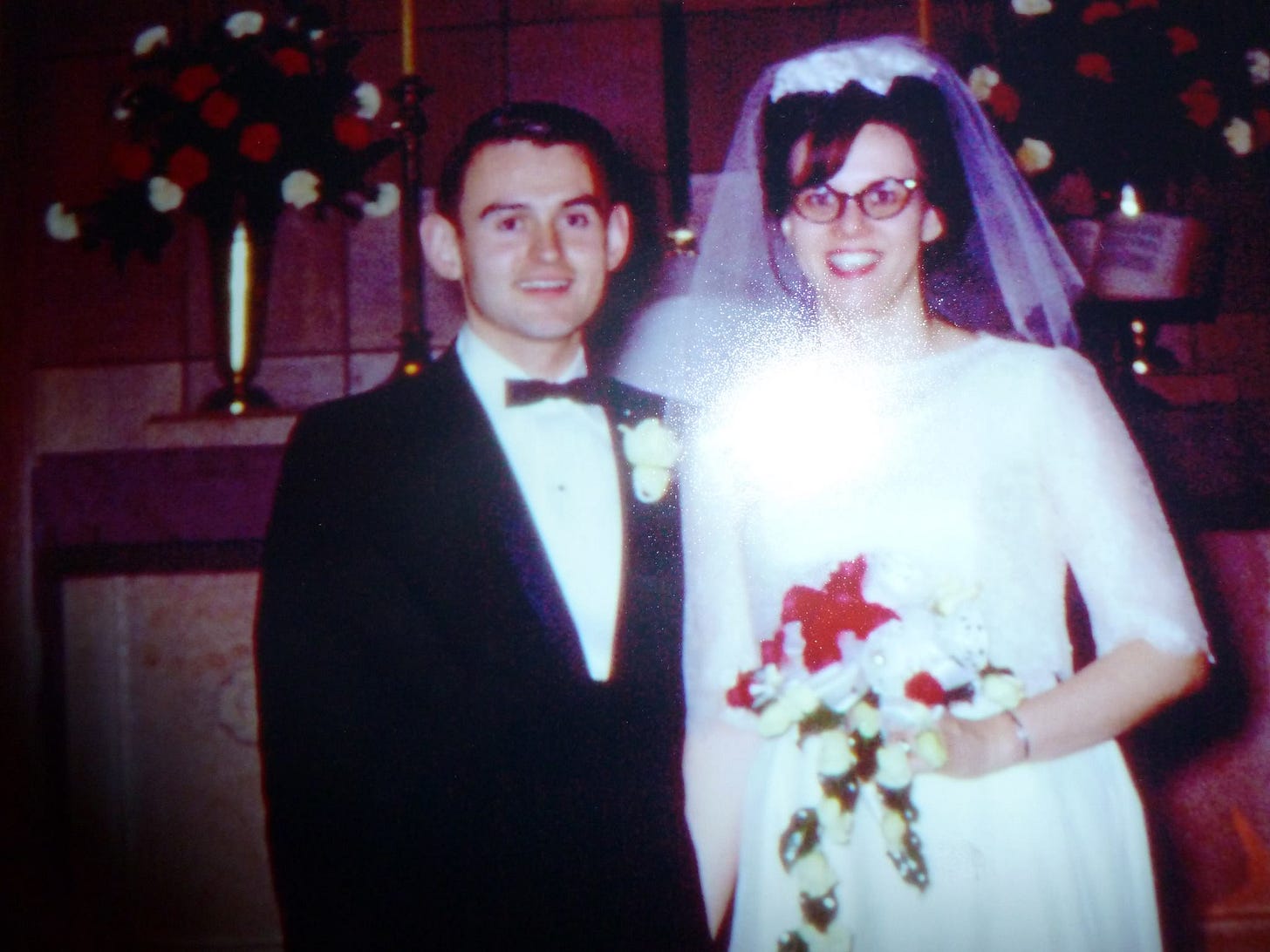
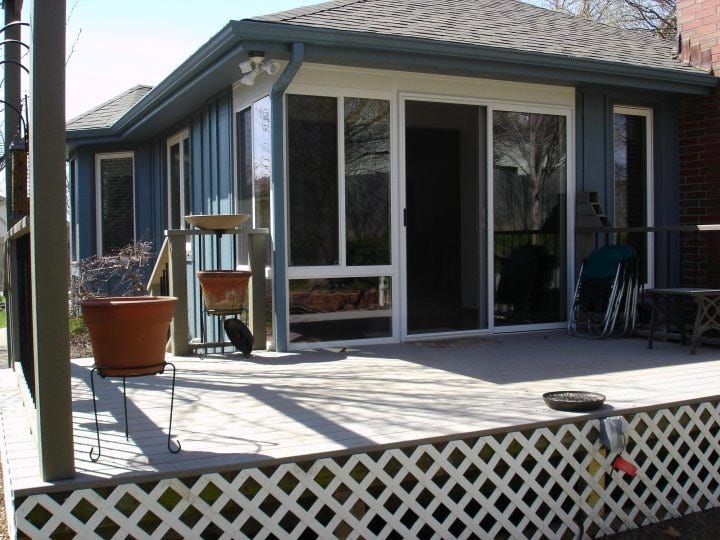
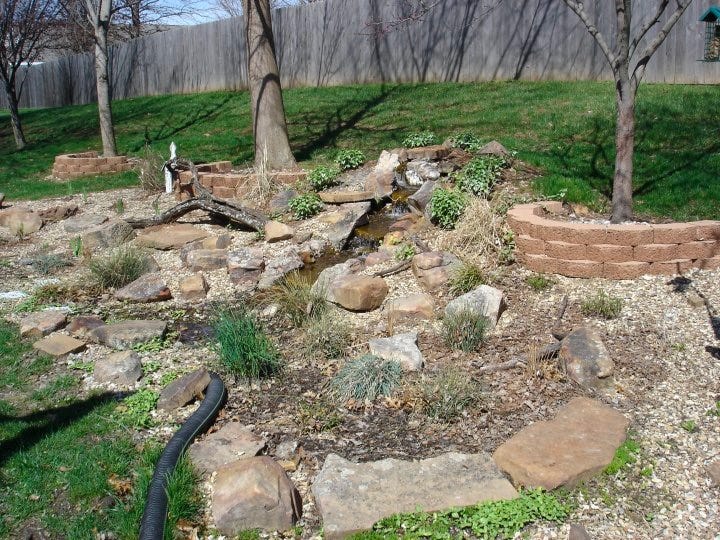
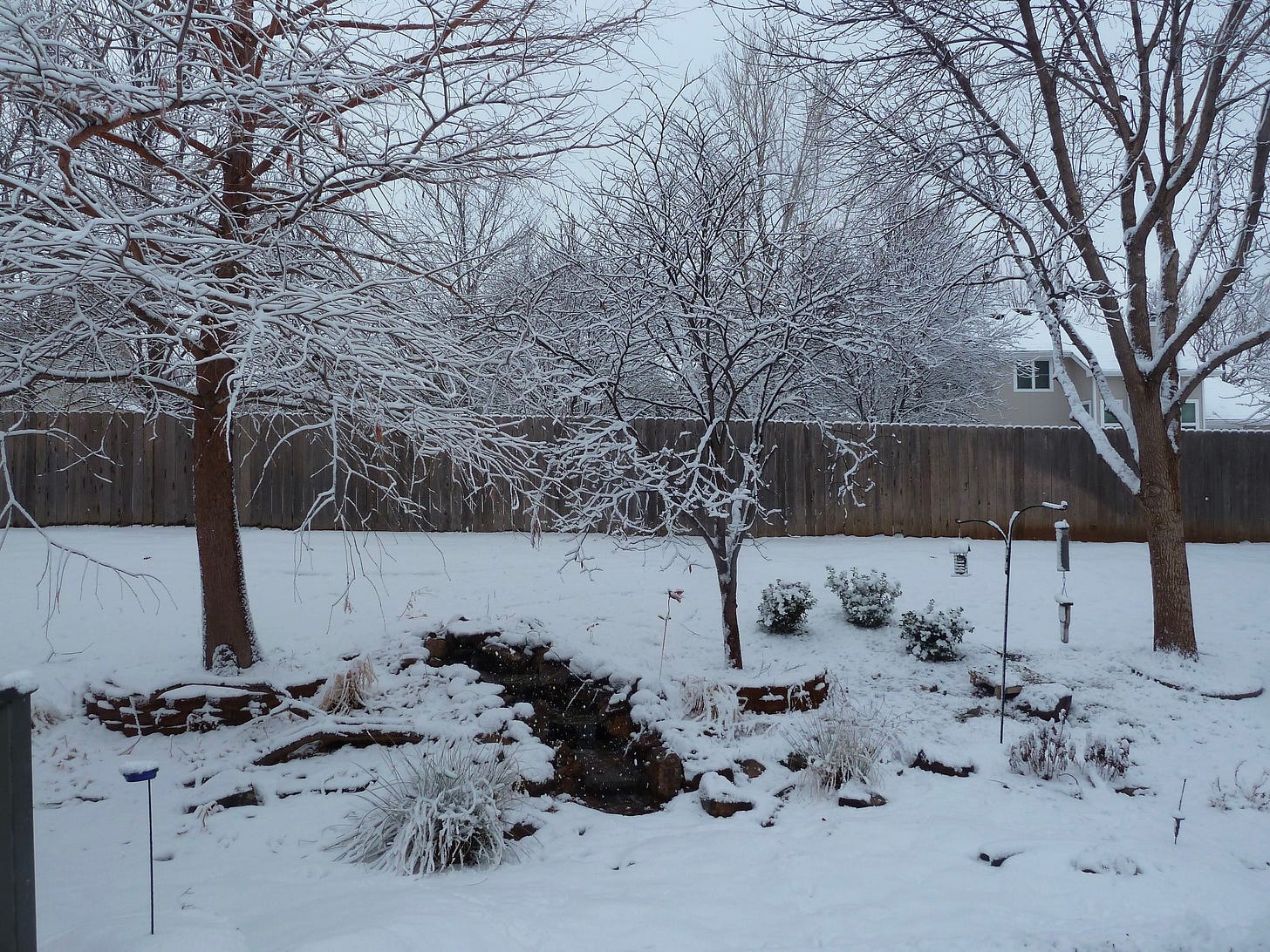
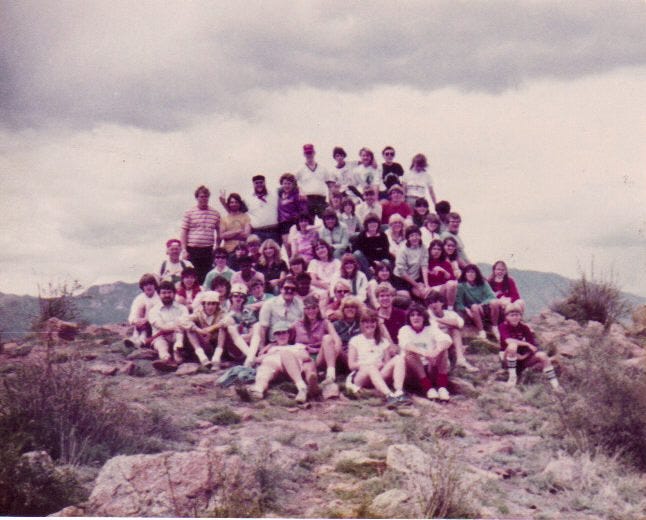

I’ve just discovered you today and find your writing so meaningful. In fact, in your disclaimer you discuss once upon a time buying Christmas Dishes. I am a hoarder and Minimalism is my spotting point. I have a long way to go, but I did let go of my Christmas dishes. Today I ordered a customized keychain. One side says ‘Christmas Dishes’ and the other says, ‘I love you, Amy.’ It speaks to my weakness and the kindness I wish to cultivate for myself. Thank you for inspiring this. I hope you are well and at ease.
I remember as long ago as being a teenager at church camp and realizing I didn’t miss my radio or albums or anything else other than what I had with me. Nowadays I see people on the news who have lost everything and must survive. People and love are what matters most. I look forward to reading your stories, Peter!❤️